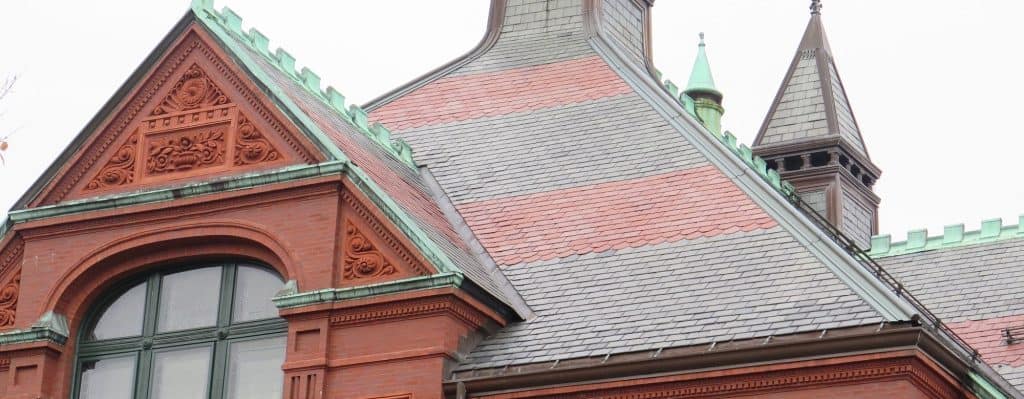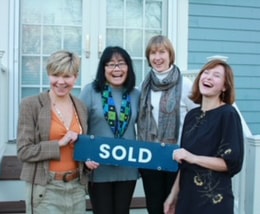
About Belmont
Belmont is a town in Middlesex County, Massachusetts, a suburb of Boston. It is part of the Boston metropolitan area. Its population was 24,729 at the 2010 census.
Belmont was established on March 10, 1859, by former citizens of, and land from the bordering towns of Watertown, to the south; Waltham, to the west; and Arlington, then known as West Cambridge, to the north. The town was named after Bellmont, the 200 acre (0.8 km²) estate of one of the leading advocates of and largest donor to its creation, John Perkins Cushing. The easternmost section of the town, including the western portion of Fresh Pond, was annexed by Cambridge in 1880 in a dispute over a slaughterhouse licensed in 1878 on Fresh Pond, so that Cambridge could protect Fresh Pond, a part of its municipal water system.
Preceding its incorporation, Belmont was an agrarian based town, with several large farms servicing Boston for produce and livestock. It remained largely the same until the turn of the twentieth century, when trolley service and better roads were introduced, making the town more attractive as a residential area, most notably for the building of large estates.
The economics of the town shifted from purely agrarian to a commercial greenhouse base: much of the flower and vegetable needs of Boston were met from the Belmont ‘hothouses’ which persisted until about 1983 when Edgar’s, the last large greenhouse firm in the area, closed. Other commercial enterprises in Belmont included mining and waste management. The reclamation of a large dump and quarry off Concord Avenue into sites for the Belmont High School and the Clay Pit Pond stands as a lasting example of environmental planning. With the introduction of automobiles and highways Belmont continued its transition to a commuter-based suburb throughout the twentieth century.
Belmont was the home of the headquarters of the John Birch Society from the organization’s founding in 1958 until its relocation to Appleton, Wisconsin in 1989.
In 1963, English composer Arthur Bliss wrote The Belmont Variations based on the town of Belmont MA, where his wife Lady Trudy Bliss was born. The work was used at the Royal Albert Hall (London) as the test piece for the National Brass Band Championships of Great Britain.
Belmont remains a primarily residential suburb with little growth since the 1950s. It is best known for the mansion-filled Belmont Hill neighborhood, although most residents live in more densely settled, low-lying areas around the Hill. There are three major commercial centers in the town: Belmont Center in the center, Cushing Square in the south, and Waverley Square in the west. Town Hall and other civic buildings are located in Belmont Center. Large tracts of land from former farms and greenhouse estates form public or publicly accessible areas such as Rock Meadow, Habitat (Mass Audubon), portions of the McLean Hospital tract and various town fields.
Belmont is served by the Belmont Public Schools, governed by an independently elected school committee.
There are four public elementary schools in Belmont, the Mary Lee Burbank, Daniel Butler, Winn Brook, and Roger Wellington schools. The Mary Lee Burbank School was founded in 1931. Two other public elementary schools, Payson Park and Kendall, were closed in the 1970s and 1980s, respectively. The former closed after being destroyed by fire, the latter closed due to population shifts and was converted to an arts center, which was later also destroyed by fire. There is one public middle school, the Winthrop L. Chenery Middle School, which was rebuilt on the same location after an electrical fire damaged the auditorium in 1995, and one public high school, Belmont High School.
Belmont High is noted for its college placement, strong athletics, academics, music, and theater arts; a typical class size of about 290 students; and average SATs for the class of 2004 of 1179. Belmont students also have the option to attend Minuteman Career and Technical High School in Lexington. Minuteman High also offers adult education courses. In 2009, U.S. News & World Report gave Belmont High School a gold medal and named it the 100th best non-private high school in the United States and the second best in the state of Massachusetts (after Boston Latin School).
Belmont Hill School is a private, non-sectarian high school, grades 7-12. Belmont Day School is a private, non-sectarian PK-8 school. There are several smaller private schools.
Lexington Chinese School holds classes at Belmont High on Sundays. In 2003, over 400 students attended.
Content courtesy of Wikipedia.org
Belmont Homes for Sale



